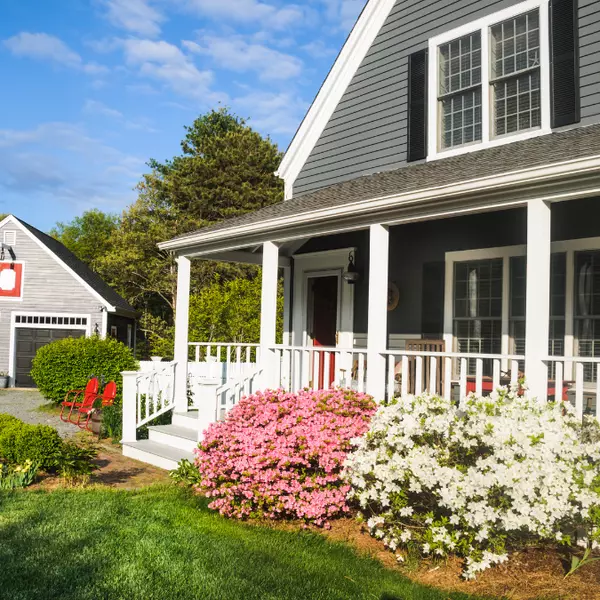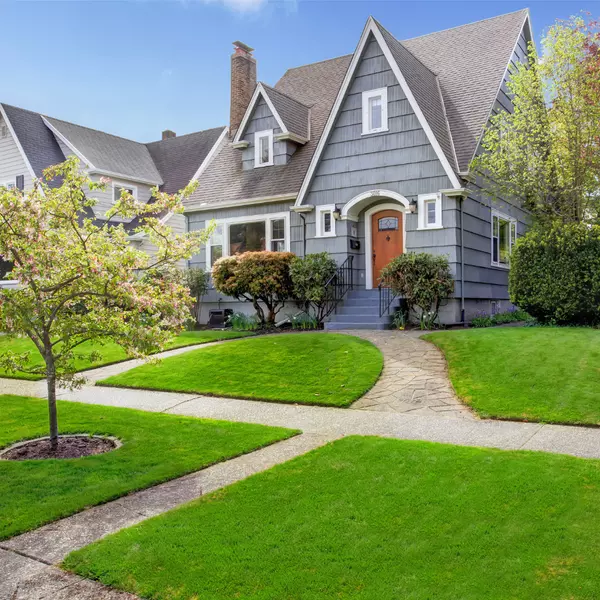In a world where health and wellbeing have taken center stage, a new trend is emerging in the realm of real estate – wellness real estate. Gone are the days when a home was simply a place to live; today, it is becoming a sanctuary for nurturing the body, mind, and spirit. From advanced air filtration systems to biophilic design elements, developers are increasingly prioritizing the integration of wellness features into residential properties. In this blog post, we explore the rise of wellness real estate and how it is transforming the way we live.
The concept of wellness real estate goes beyond mere aesthetics or luxury amenities; it encompasses a holistic approach to design and construction that promotes physical health, mental wellbeing, and emotional balance. In cities like Dayton, Ohio, where the pursuit of a healthy lifestyle is a priority for many residents, the demand for homes that support wellness is on the rise. From spacious outdoor areas for recreation to light-filled interiors that promote natural circadian rhythms, Dayton's wellness-focused properties are setting a new standard for modern living.
One of the key features of wellness real estate is its emphasis on indoor air quality. In Dayton, where air pollution levels can fluctuate, residents are increasingly seeking homes equipped with advanced ventilation systems, HEPA filters, and other technologies designed to purify the air they breathe. By minimizing exposure to airborne pollutants and allergens, these homes create a healthier indoor environment, reducing the risk of respiratory problems and other health issues.
Biophilic design is another hallmark of wellness real estate, drawing inspiration from nature to create spaces that evoke a sense of tranquility and connection to the natural world. In Dayton, where green spaces abound, developers are incorporating biophilic elements such as living walls, natural materials, and abundant natural light into their designs. These features not only enhance the aesthetic appeal of the home but also contribute to improved mood, cognitive function, and overall wellbeing.
Furthermore, wellness real estate emphasizes the importance of promoting physical activity and movement within the home environment. In Dayton, where outdoor recreation is a way of life, properties are being designed with amenities such as fitness centers, walking trails, and outdoor yoga spaces to encourage residents to stay active and healthy. By integrating these features into the fabric of the community, developers are fostering a culture of wellness that extends beyond the walls of individual homes.
Beyond the physical aspects of wellness, Dayton's wellness-focused properties also prioritize mental and emotional wellbeing. From mindful design elements that promote relaxation and stress reduction to community spaces that foster social connections and a sense of belonging, these homes are designed to support holistic health and happiness. In a world where chronic stress and mental health issues are on the rise, the value of a home that nurtures the soul cannot be overstated.
The rise of wellness real estate represents a paradigm shift in the way we think about and design residential properties. In Dayton and beyond, developers are recognizing the importance of creating homes that not only provide shelter but also promote health, happiness, and wellbeing. By integrating advanced technologies, biophilic design principles, and amenities that support physical, mental, and emotional health, wellness-focused properties are setting a new standard for modern living. As the demand for these homes continues to grow, one thing is clear – the future of real estate lies in prioritizing the wellbeing of its residents.











